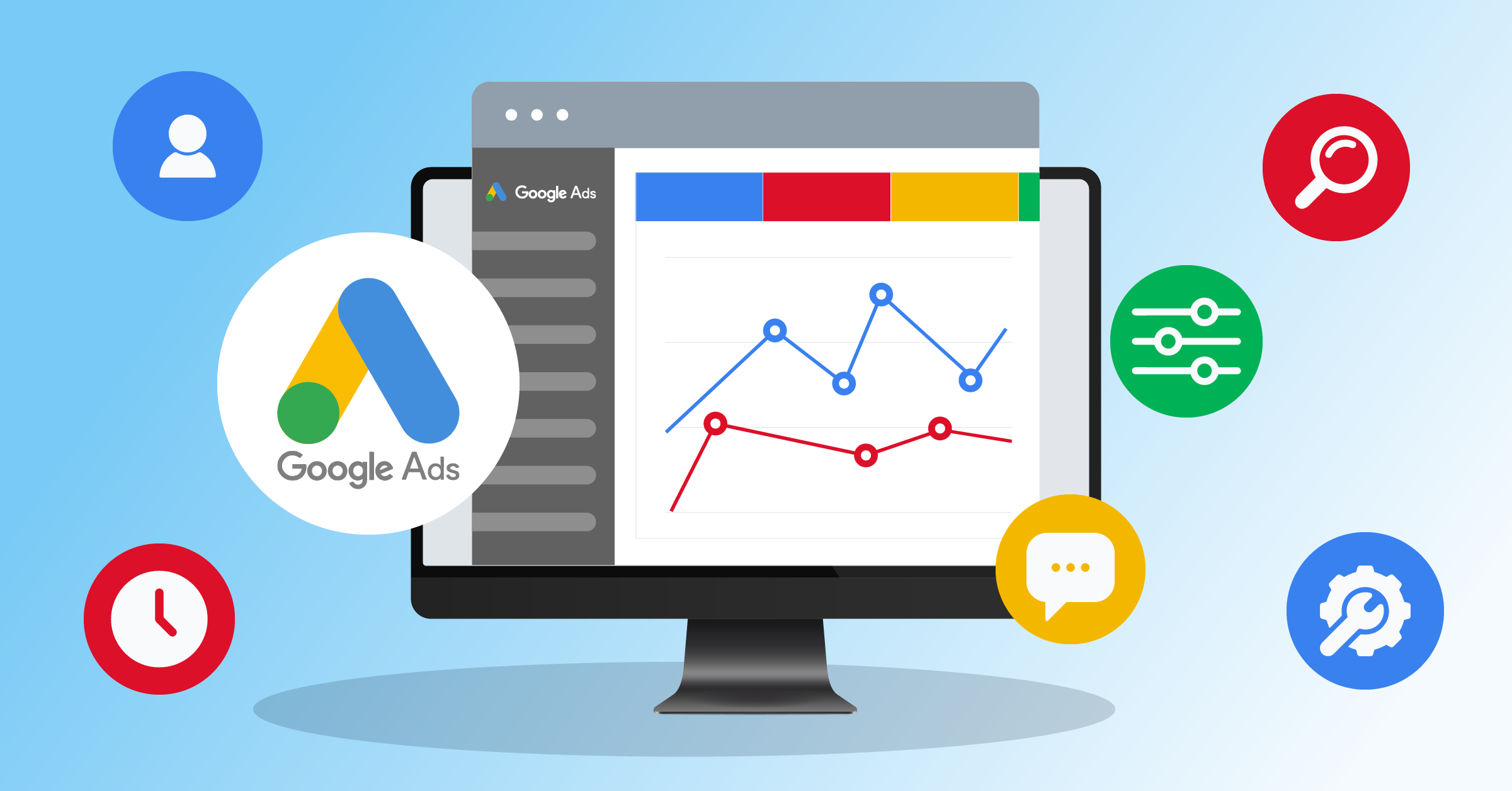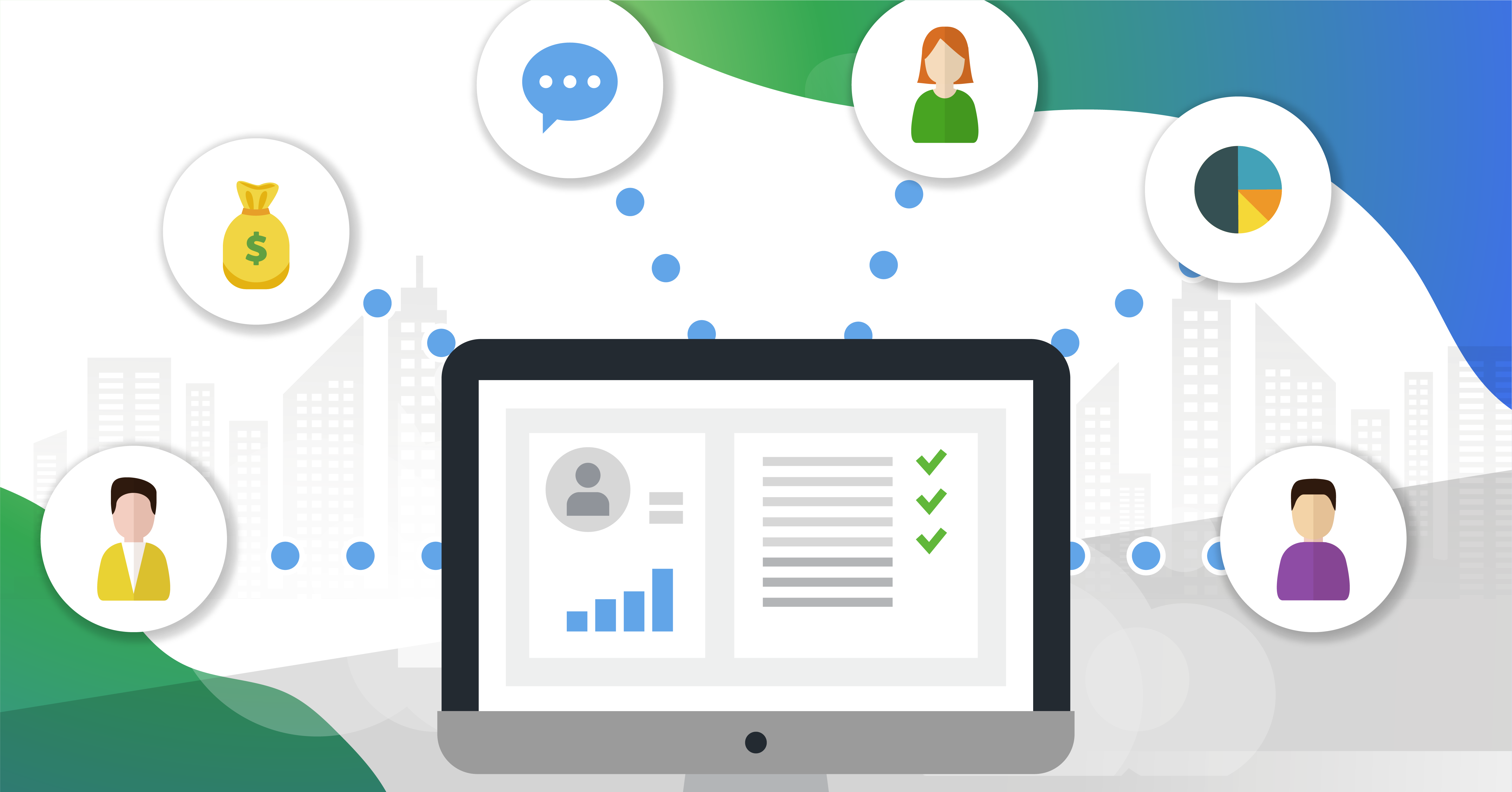
You already know the power of data when it comes to your business. More specifically, you know that the analytics from that data allow you to make informed decisions in many different areas such as inventory management and website design. But how extensively are you using data – and analytics – in your HR department?
And did you know that things like HR automation can boost the efficiency, compliance, and accuracy of your HR data shared across departments?
Just like other areas of your business, the use of predictive analytics, in this case predictive HR analytics, can help you make data-driven decisions. Just what is predictive HR analytics, how does it work, and how can you use it to make better decisions in the future?
What is predictive HR analytics?
With the advent of cutting-edge tech such as AI and machine learning, predictive analytics has come to the fore in recent years. It can adapt to the most varied situations – from predictive dialing software such as VICIdial (read this if you’re wondering: “what is VICIdial?”) all the way to tools that detect – and prevent – potential illnesses. It’s no wonder, then, that it’s starting to play a pivotal role in HR, too.
Specifically, in HR these predictive analytics can be used in various ways. It can help them predict future workforce needs, any trends (both within the organization and in the sector the business operates in), and employee behaviors. This allows them to make informed decisions in areas such as training, hiring and recruitment, and staff retention.
Predictive analytics itself uses a collection of data from different sources. Some of it may be historical data held on your HRIS (human resource information system). Other data may be real-time from data mining or other pertinent sources. HR analytics combines collected data with statistical modeling and machine learning to help HR professionals make decisions.
Why is HR analytics important?
You want every department to be as efficient as possible. Using some type of predictive forecasting can mean that you are more productive and cost-effective. In HR, using predictive workforce analytics can bring several benefits.
- Improve staff retention rates.
- Develop better recruitment and hiring processes.
- Reduce recruitment costs, including the hiring process, onboarding, and training.
- Create an employee persona (similar to a buyer persona) for your organization.
- Improve performance within the HR department.
How to use predictive HR analytics
It’s one thing to see the benefits on paper but another to put the ideas into practice. You have access to enormous amounts of relevant data, so how do you use it effectively? It’s about building predictive models that inform and drive any business-related decisions. It’s not so much about replacing human instinct and intervention, but more about supplementing them with solid data.
1. Recruitment
This is an area of HR that can incur huge costs. On average, it costs around $4700 to hire a new employee. Of course, that figure can vary greatly according to industry and job role. Predictive analytics can help you streamline the process and save money over time. It can also help you identify candidates more likely to succeed at your company.
Of course, the human element will still play a major role, especially at the interview stage. But accurate predictions can whittle down the field so that you have a good shortlist.
2. Staff turnover
You wouldn’t need to focus on the hiring process so much if your staff turnover was minimal. Employees leaving is not always because of any dissatisfaction with the employer or remuneration. Natural turnover can happen for several reasons, including retirement and relocation.
Although you may have an idea of an employee’s proposed retirement date, they may unexpectedly decide to take early retirement. Predictive HR analytics can help identify possible early retirees as well as staff who may relocate. It can also identify staff members who may leave for other reasons or even if a particular team or department may suffer attrition. This can be a major benefit in your human resource management strategy.
3. Revenue prediction
You may be surprised to discover that HR analytics can help predict future revenue. But you do already know that when employees are highly engaged with their work, they are more productive and efficient and can thus help boost revenue levels. So, if your analytics show increasing engagement levels, then you can safely predict increasing revenue too.
Data such as absenteeism levels, sick days, and engagement can be used alone or combined to give an idea of how well the organization will perform over a certain timeframe. You can also look at whether certain tools will help.
4. Eliminate problems
Your historical data can help you see where performance or productivity problems have happened and what has caused them. If action has been taken to eliminate or mitigate those problems, you can then use predictive analytics to see what will change once those issues are not causing adverse effects.
For example, let’s imagine that your historical data shows that you have a major problem in the sales department. Management decided to implement an AI tool that can help in the sales process. You can then forecast what performance and sales levels might be in the next quarter with improved efficiency.
5. Performance management
Every business wants its employees to perform well. Many factors can lead to performance levels dropping below expectations. While some of those cannot be predicted, data can help predict others by identifying patterns in historical data. Implementing a performance management system can help track employee progress, provide actionable insights, and ensure continuous improvement to maintain high productivity levels.
You can then use predictive analytics to see what happens if those patterns are repeated in the future. As low-performance levels can affect your business goals, you can take steps to mitigate those lower levels if a solution does not present itself.
6. Payroll management
The payroll process can often get complicated, especially for larger businesses or those operating across multiple sites. A predictive analysis can focus on any particular logjams or pain points that happen in your process. You can then take preventative steps to remove any offending problems.
How do you start?
You can see the different ways in which predictive HR analytics can help your HR team. If this is your first time using analytics in this setting, how do you go about it?
1. Audit your tools
Before you do anything, you need to be sure that your current tools and resources will support predictive analytics. And, if you need to obtain new tools, you need to be sure that they will integrate with your current systems. Look at how your HR software collects and processes data. Do you have SaaS (software-as-a-service) tools that already allow for data modeling?
You need some data-modelling capability to make predictive analytics work for you. If your business uses a CRM solution, then access to that can also help so that you see how employees cope with customer issues and their work rates. A good collection of tools and a solid tech stack are the foundations of your predictive analytics.
2. Identify and collect data
Without data, your predictive analytics is going to be a non-starter. But given the amount of data businesses collect every day, you have to be sure that any data you select is relevant and useful. For HR purposes, it has to be linked to your employees and should cover every step of their lifecycle with you, from initial job application to current role or when they left (and the reasons they did so).
There are various types of data you need to make any analytics accurate. As mentioned, even data from your company’s CRM can show performance levels in certain situations. Make a list of all the data – and how you will collect it – that you see as being relevant to your needs.
Additionally, consider leveraging data from customer service platforms such as Zendesk and Zendesk main competitors to analyze employee interactions with customers and their impact on overall performance.
In parallel, you should also leverage automated solutions to help you with tool syncing and faster, more accurate data transfer – both of which will improve your workflows. For example, by using LeadsBridge, you can integrate data from your CRM platform with information from your main advertising platforms (or even the rest of your tool stack) and gain valuable insights into customer purchase habits, behavior, and more.
3. Develop models
Once you have the data and the tools you need, you can move to the final step. Find the statistical models that work best for you, models with machine learning capability can be best. If your HR team lacks the requisite computing skills, consider collaborating with someone from your IT team.
Don’t be disheartened if one model produces poor or inaccurate results. If that happens, substitute your own data with existing external data to see if the model is working as expected. If it is, then tweak the model to see if it performs better. If still falling short, consider using other models.
The takeaway
Predictive HR analytics can be of enormous benefit to your business. It can use historical data to identify patterns and then predict if those, or other, patterns will occur in the future and if they will affect things such as productivity or revenue. Like other predictive analytics, good forecasting can have a positive effect on many areas of your business.
One thing to think about is the amount of tools you are already using and the ones you will add in the future. This means that you will almost always look at potential integrations. With LeadsBridge, you can take advantage of an advanced integration platform that lets you integrate hundreds of HR and recruitment tools from every area of your business.
Discover all the available LeadsBridge integrations for HR software!





















